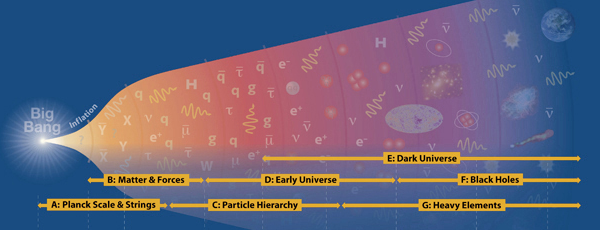The possible hierarchical scales of observed clumps in high-redshift disc galaxies
Keywords
hydrodynamics, instabilities, methods: numerical, galaxies: irregular, galaxies: high-redshift, galaxies: structure, Astrophysics - Astrophysics of Galaxies
Abstract
Giant clumps on ∼ kpc scales and with masses of 108 − 109 M⊙ are ubiquitous in observed high-redshift disc galaxies. Recent simulations and observations with high spatial resolution indicate the existence of substructure within these clumps. We per- form high-resolution simulations of a massive galaxy to study the substructure for- mation within the framework of gravitational disc instability. We focus on an isolated and pure gas disk with an isothermal equation of state with T = 104 K that allows capturing the effects of self-gravity and hydrodynamics robustly. The main mass of the galaxy resides in rotationally supported clumps which grow by merging to a max- imum clump mass of 108 M⊙ with diameter ∼ 120 pc for the dense gas. They group to clump clusters (CCs) within relatively short times (≪ 50 Myr), which are present over the whole simulation time. We identify several mass and size scales on which the clusters appear as single objects at the corresponding observational resolution be- tween ∼ 108 − 109 M⊙. Most of the clusters emerge as dense groups and for larger beams they are more likely to be open structures represented by a single object. In the high resolution runs higher densities can be reached, and the initial structures can collapse further and fragment to many clumps smaller than the initial Toomre length. In our low resolution runs, the clumps directly form on larger scales 0.3 − 1 kpc with 108 − 109 M⊙. Here, the artificial pressure floor which is typically used to prevent spurious fragmentation strongly influences the initial formation of clumps and their properties at very low densities.





